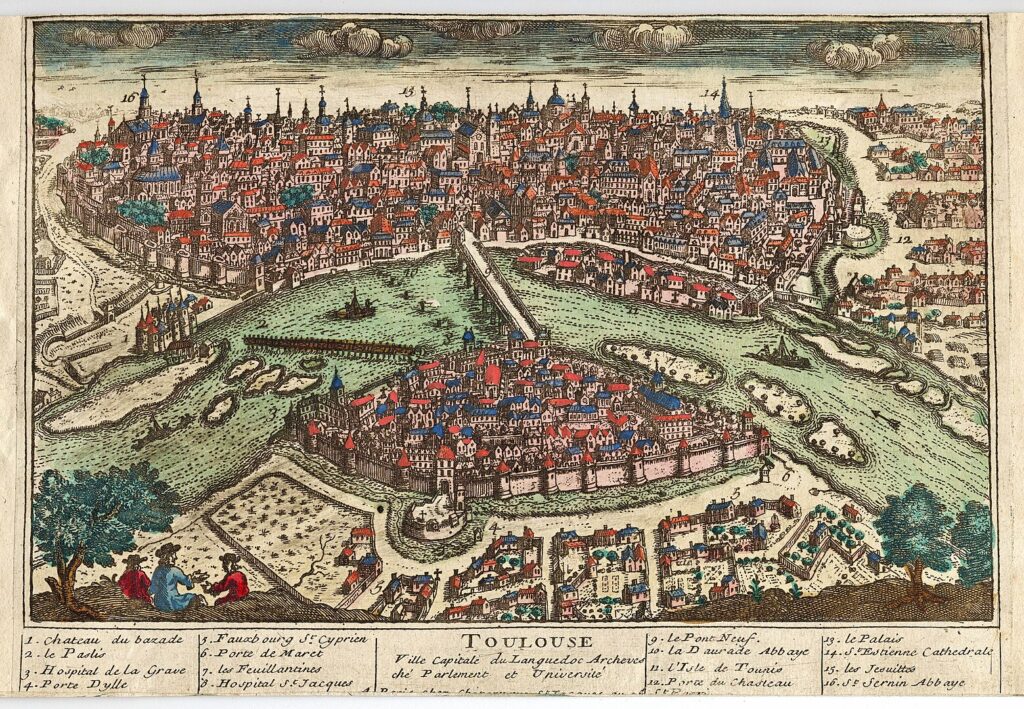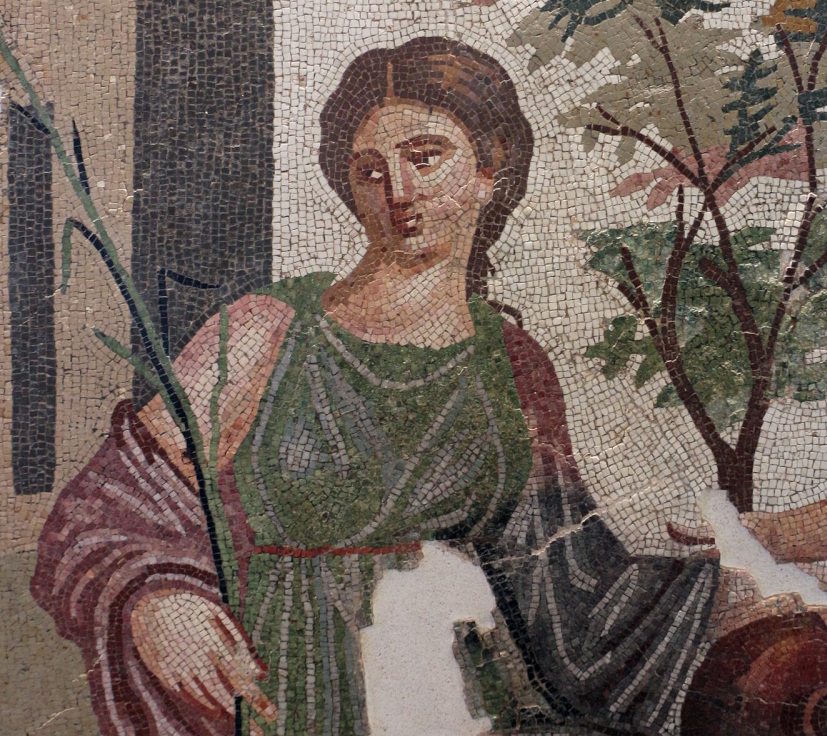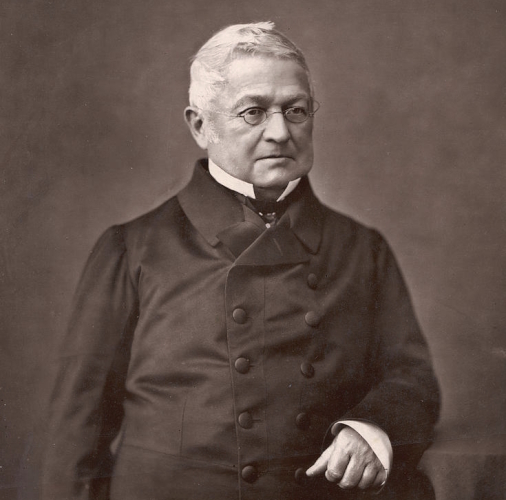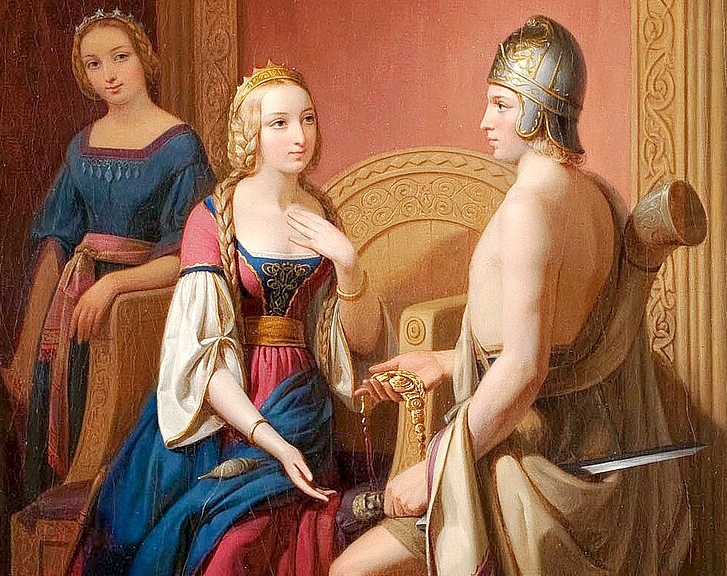Focus On: (172) Baucis
Baukis and Philemon were a poor elderly couple who were blessed by Zeus and Hermes after showing them hospitality while disguised as peasants. Richer folk in the town had turned the gods away. In consequence, Zeus flooded the rest of the town and turned the simple cottage into an ornate temple.
Focus On: (172) Baucis Read Post »










